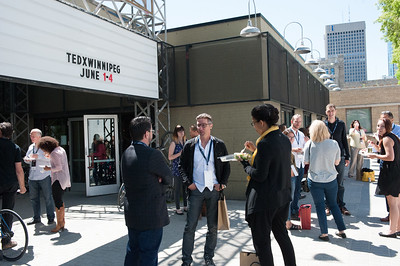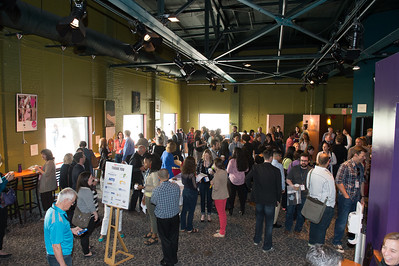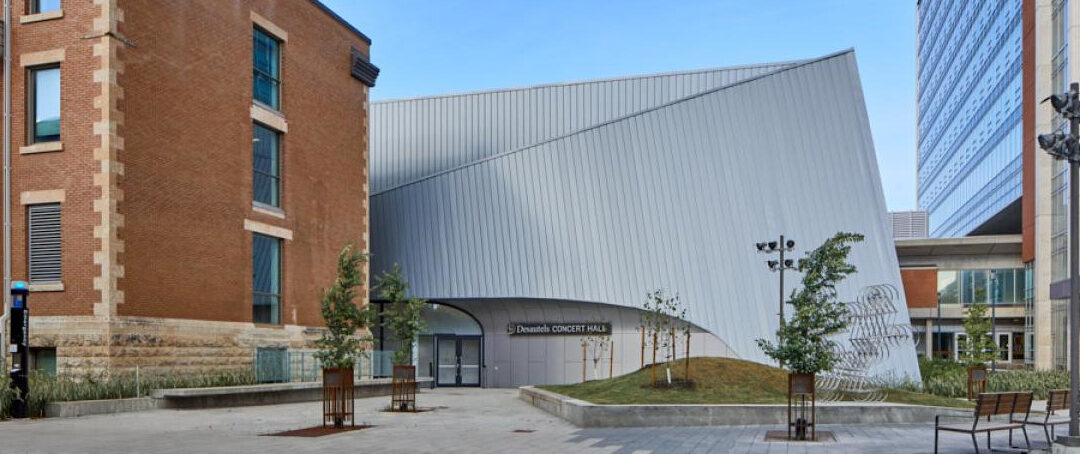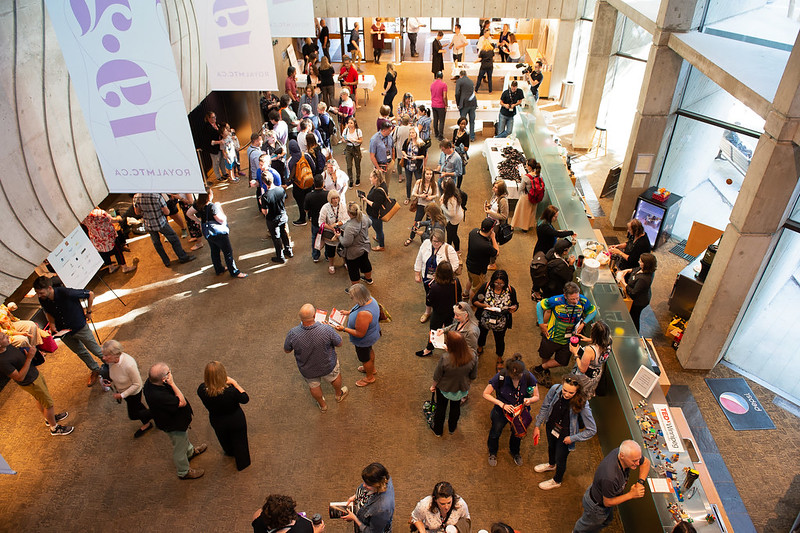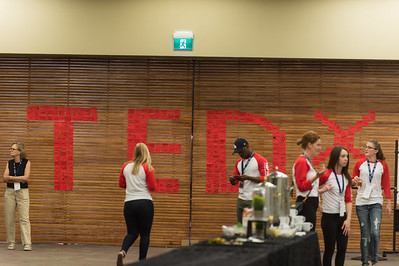I love TED talks; in fact, I have loved them for years. Discovering TED was like discovering a completely new world that existed within my reality. TED Talks would be my escape when the world I knew became too dull or rehearsed. TED Talks would become my inspiration when deep in the midst of a developing my work, I’d get stuck and need some room to breathe, to think, to let my mind rest and reset with ideas that were not on my ordinary path.
I had spent years working on my research in intelligent energy systems, often glimpsing into the world of TED, inspired by so many different speakers and topics. Once I discovered that TEDx was happening in Winnipeg, I was so busy in my work that I missed the deadline to apply to be in the audience, greatly wanting to participate in this interesting platform of ideas and exchange. Nevertheless, I missed it. I was determined that the following year I would be in the audience, but as life would have it, I was not even in town at the time and I missed my second opportunity.
So, deep in the winter of 2017, overcoming a fierce cold, my curiosity urged me to check out the TEDx application requirements. I sat there thinking, could my idea really be of interest? I knew my work in remote communities and autonomous power was critical to resolving global energy poverty and improving sustainability, but did it matter here? Did people know how the internet of things was poised to change their lives? Were people aware of the smart grid, and how they could be a part of it? So I wrote my application up, debated what I should title it, and eventually hit send, full of questions and curiosity on my end – what I would learn by risking my comfort and putting my idea out there? I didn’t spend too much time wondering what it would be like to actually give the talk at that point. I just thought to myself, “You did it. You applied.” That was a huge first step! I let the rest be. After all, there are so many applications, what were the chances…
Weeks later, I received the news that my idea was actually accepted! I was pleasantly surprised – and then the reality started to sink in. I was actually going to have to stand up and present this. Would it be like all the academic presentations, lectures, and conference stages that I had done before? It couldn’t be – there was an art to this TED-Talk thing, and there was going to be a learning curve – but what was the “thing” that made you a TED Speaker?
The months that followed were a collection of meetings with interesting people and their stories, people who at first were strangers, then became friends and by that magical day in June, became family. The best part of the TED experience for me was the discovery of other people’s stories, and how by getting to know them, their stories became a part of my life too – and that we were no longer strangers, we were survivors. We shared in not only the TED experience, but in the time and space that we co-occupied; the uncertainty and humility of leaving it all there on that stage. We were connected. The TED experience can force you into your most vulnerable and uncomfortable places and require you to commit to acknowledging it, and deciding to grow through it. The learning environment is kind and compassionate, fun and expansive. You are surrounded by volunteers who give of themselves to help you give more of yourself than you knew was possible – all based on the premise of sharing an idea worth spreading, so that perhaps more people than you (on that couch alone and terrified to hit send), will know your story, and together, build a better world.


